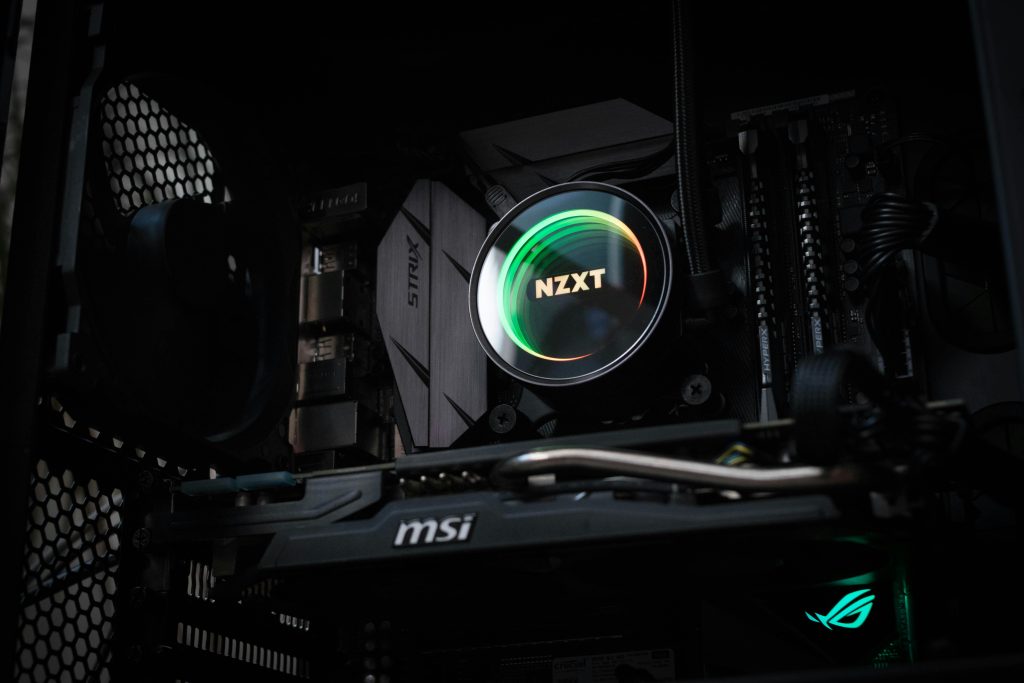Sudden SSD Failure: Understanding Unexpected Drive Issues and Troubleshooting Steps
Experiencing abrupt hardware failures can be both perplexing and concerning, especially when vital components like your SSD seem to vanish without warning. Recently, a user shared an incident involving their Lenovo IdeaPad Pro 5, where the SSD appeared to stop functioning instantaneously, prompting questions about the nature of such failures and how to respond effectively.
The Incident: An Unexpected Drive Disappearance
The scenario unfolded after the user was browsing the internet on their laptop and closed the lid, transitioning the device into sleep mode or standby. Moments later, the system’s fans suddenly increased to maximum speed, and the LED indicators suggested the device was not in sleep mode. Upon opening the lid, an error message appeared: “No bootable device found.”
Accessing the BIOS confirmed the absence of any detected storage device, an alarming find since the SSD housed the operating system and essential data.
Hardware Configuration and Troubleshooting Attempts
The laptop in question features two M.2 slots—one 2242 and one 2280—allowing for flexible storage configurations. To troubleshoot, the user moved the pre-installed Samsung PM9B1 SSD to the alternate slot, hoping to rule out slot-specific issues. Despite this, the BIOS still failed to recognize the drive, raising concerns about the drive’s health or compatibility.
Could the SSD Have Failed Instantly?
While sudden SSD failures are relatively rare, they are not impossible. Several factors can contribute to rapid drive failure:
- Manufacturing defects: Occasionally, SSDs can have hidden issues that manifest unexpectedly.
- Electrical issues: Power surges or short circuits can damage SSDs instantaneously.
- Thermal damage: Overheating or thermal stress might impair drive integrity suddenly.
- Firmware corruption: Critical firmware issues sometimes render SSDs unrecognizable.
In most cases, SSDs tend to fail gradually, presenting symptoms like slow performance or read/write errors before complete failure. Instantaneous failure, while uncommon, can occur due to catastrophic hardware faults or external factors.
Recommended Troubleshooting Steps
If you encounter similar symptoms, consider the following steps:
-
Check Physical Connections
Ensure the SSD is securely seated in its slot. Reinstalling the drive can sometimes resolve connection issues. -
Test the Drive on Another System
If possible, connect the SSD to a different computer or use an external SATA/USB adapter to verify
Share this content:



